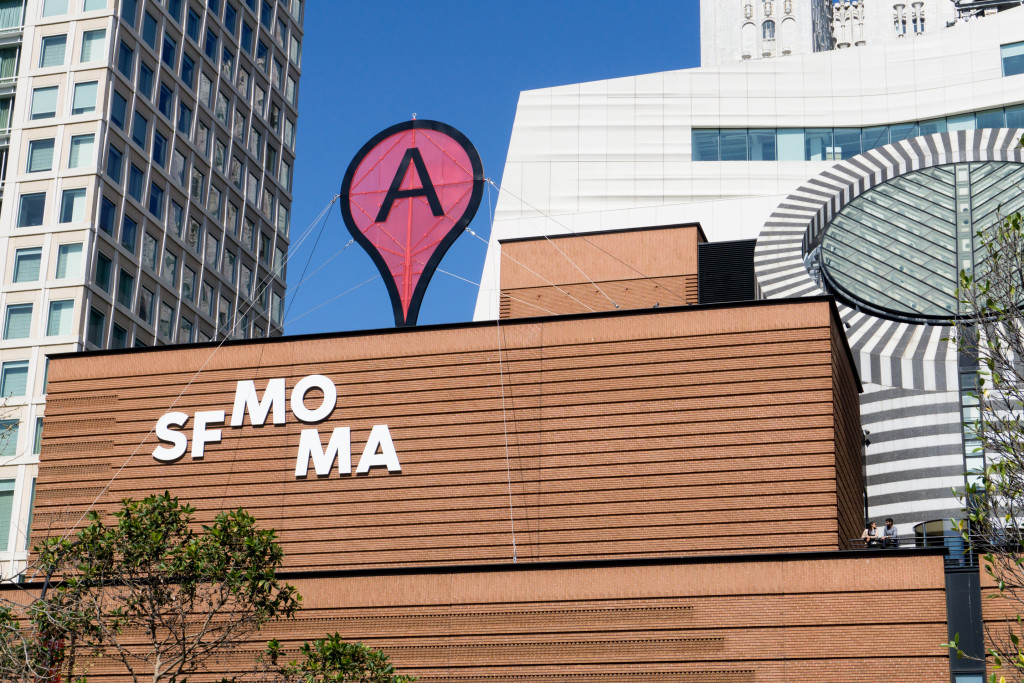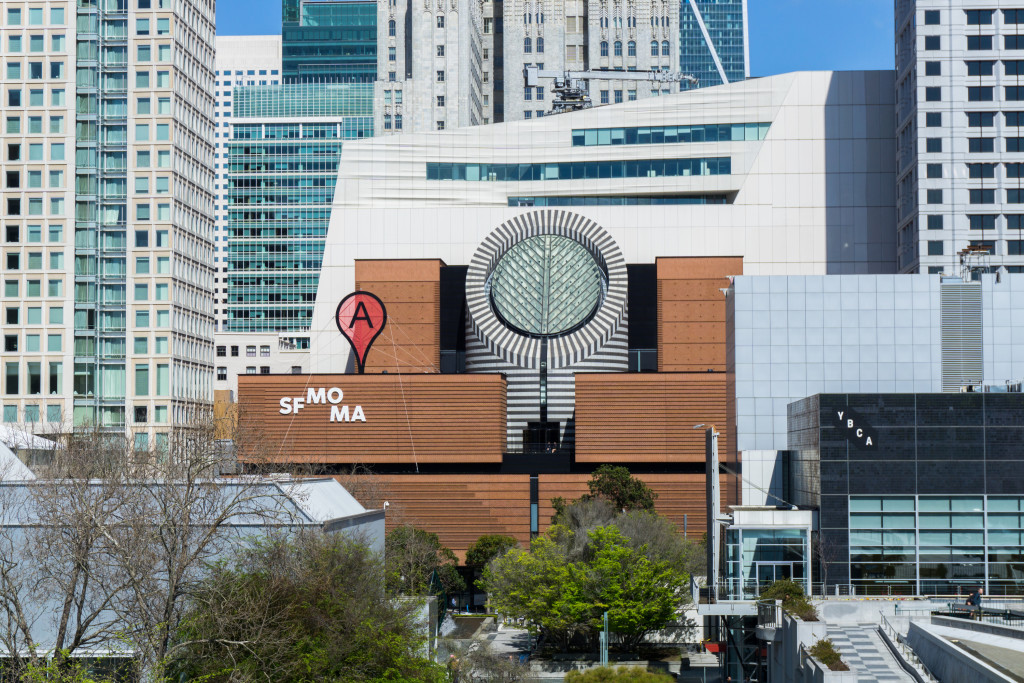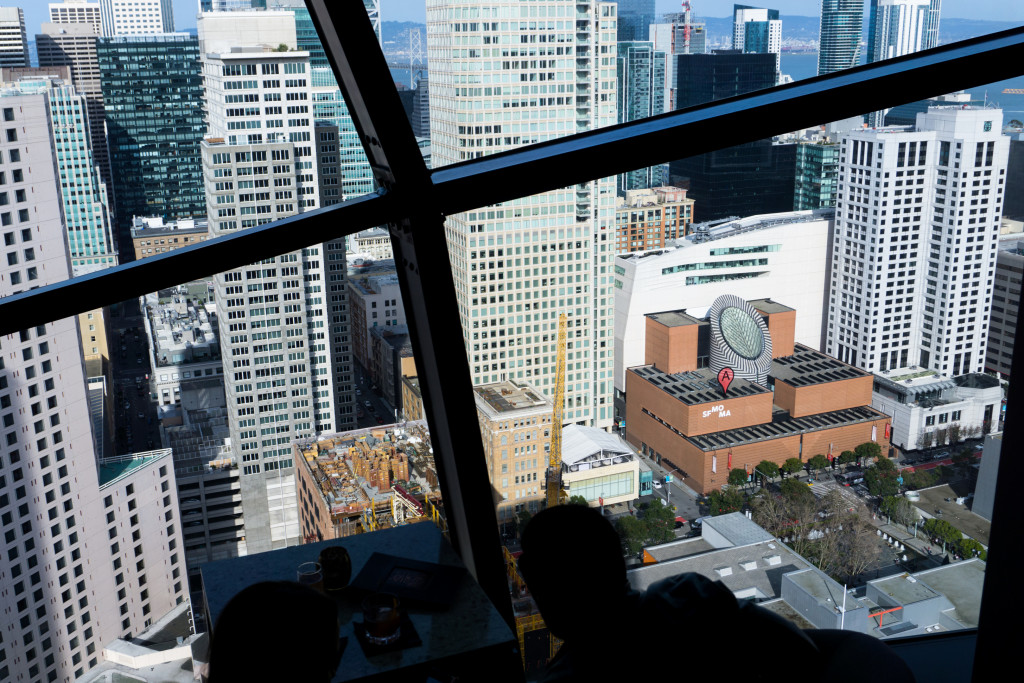‚Map‘ at SMFMOMA

Map is being installed on the roof of SFMOMA for the upcoming ‘snap+share’ show. I made the first iteration of this piece in 2006, more than a decade ago—an epoch in Internet time. It is fascinating to see how much the context and meaning of this piece have changed over the years. Thirteen years wouldn’t usually be a huge timespan for a work of art to age, but in this particular case the speed of developments mean Map now looks very different. It has already become a historical work.
In 2004, Google bought Where 2 Technologies, a company that had worked on the digital map service that became Google Maps a year later. It was still the mid-early days of the web. The Internet was not as present in society as it is today, but tech giants like Google were already taking shape.
It was part of my practice back then to make such translations, to take an object from a computer game or an icon from a web service and to transform it into a physical sculpture. What would happen if I turned this 15-pixel computer icon into a real thing and put it in the city? Is this the center of the city? These and other projects were an attempt to understand how this new world of computers, networks, and screens would affect society and physical space. They were a sign of what was to come.
Today the situation is very different. We have the famous oligarchy of Internet tech giants who are constantly squeezing more data and money from every bit of communication, movement, and interaction everyone produces worldwide. They have expanded into all kinds of markets in a never-ending run of disruption with little objection or regulation from government. Today, data extraction markets are deeply woven into a very physical fabric of everyday life in cities, business, homes, and personal communication. The dualism of digital versus analog has been obliterated; everything is deeply interconnected.
Of course, it is an honor to show Map in such a prominent location at the SFMOMA in downtown San Francisco. But in a way, it is also an irony of history that this piece from 2006 is ‚coming home‘ today to the heart of Silicon Valley in an era dominated by full-blown surveillance capitalism data markets.
Aram Bartoll
Map, 2019
dimensions: 900 x 530 x 20 cm
material: steel, aluminum mesh, steel cables
Thanks to the whole team at SFMOMA making this possible!!

SFMOMA: snap+share
transmitting photographs from mail art to social networks
March 30–August 4, 2019
https://www.sfmoma.org/exhibition/snap/
curated by Clement Cheroux
with: Thomas Bachler, Ray Johnson, Aram Bartholl, On Kawara, Joseph Beuys, Erik Kessels , Moyra Davey, William Larson, Jan Dibbets, Eva and Franco Mattes, Walker Evans, Peter Miller, Jeff Guess, Ken Ohara, Lynn Hershman Leeson, Stephen Shore, Kate Hollenbach, Endre Tót, David Horvitz, Corinne Vionnet

.